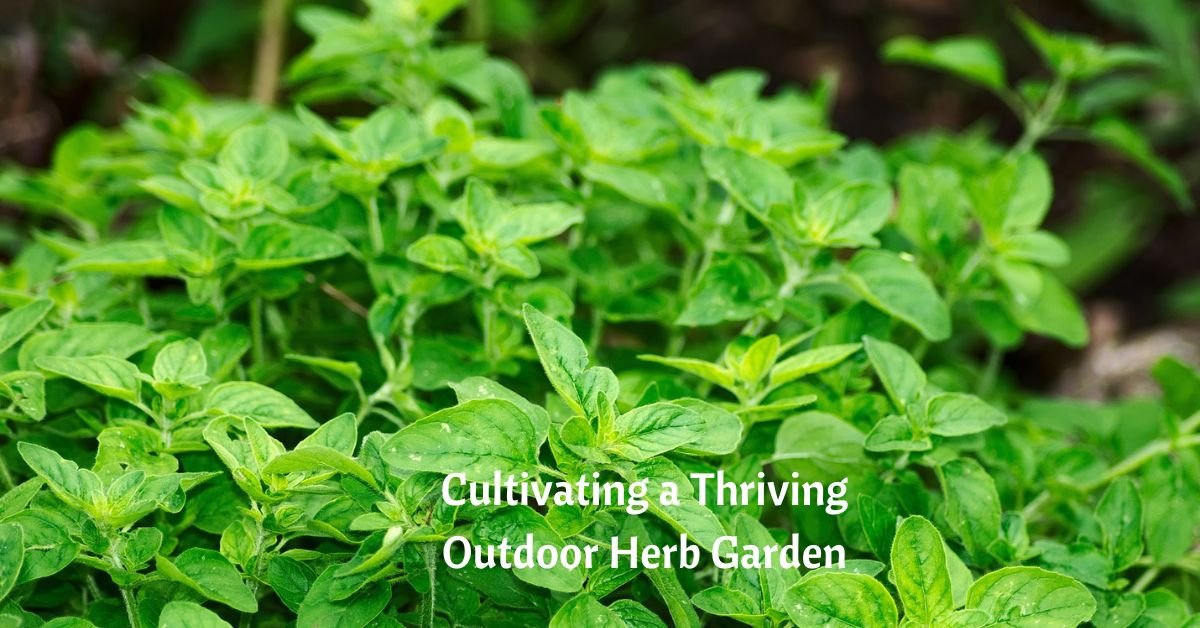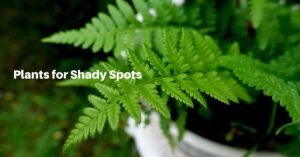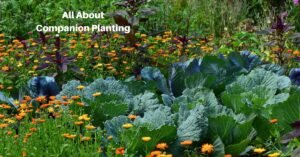An outdoor herb garden is a delightful addition to any home, offering a treasure of flavors, fragrances, and cooking possibilities right outside the back door. They’re a great addition to any garden, whether directly in the ground or a raised container.
In this guide, we’ll walk you through the steps of growing a successful outdoor herb garden, from selecting the herbs to harvesting and enjoying their bountiful harvests.
Choosing the Right Herbs
The first step to creating a thriving outdoor herb garden is choosing the herbs you’d like to grow. Consider your culinary preferences and the herbs that best complement your cooking style. Common herbs for outdoor gardens include basil, thyme, rosemary, mint, parsley, oregano, chives, cilantro, and sage. These versatile herbs offer a range of flavors and can be used in various dishes.
Selecting a Garden Location
Like most plants, herbs do best when given the right amount of sunlight. Choose a spot in your garden that receives at least 6-8 hours of sunlight daily. Most herbs thrive in full sun, although some, like mint and parsley, can tolerate partial shade.
Also, ensure that the location has well-drained soil to prevent waterlogging.
Preparing the Soil
After the last frost is the best time to plant herbs. It’s best to avoid both extreme heat and cold to help them thrive.
Before planting, prepare the soil in your chosen garden area. Herbs prefer soil that is well-drained, fertile, and slightly acidic. Amend the soil with compost to improve its texture and fertility. If your soil is too heavy, consider adding sand to enhance drainage.
Planting Herbs
Herbs can be grown from seeds or purchased as seedlings from a nursery. When planting from seeds, follow the instructions on the seed packets for proper spacing and planting depth; it will vary by the type of herb. Since this blog is a hobby, we’ll add more info about particular herbs as we have time!
If using seedlings, dig holes that are slightly larger than the root balls and place the seedlings in the holes. Gently firm the soil around the base of each plant and water thoroughly.
Watering Your Herb Garden
Proper watering is crucial for the health of your herbs. Herbs generally prefer even moisture, so water them when the top inch of soil feels dry to the touch. Avoid overwatering, which can lead to root rot, and water at the base of the plants to keep the leaves dry. Consider using a soaker hose or drip irrigation system for efficient and consistent watering.
Mulching
Applying a layer of organic mulch around your herb plants can help retain soil moisture, suppress weeds, and regulate soil temperature. Organic mulch, such as straw or compost, also enriches the soil as it breaks down over time. Apply mulch 1-2 inches deep around your herbs, leaving a small gap around the stems to prevent moisture-related issues.
Pruning and Pinching
Regular pruning and pinching of your herb plants can promote bushy growth and enhance flavor. Pinch off the tips of young herb plants to encourage branching.
Additionally, remove any yellowing or dead leaves to maintain plant health.
Pruning herbs like basil and mint can also prevent them from becoming too leggy.
Fertilizing Your Herbs
Herbs generally don’t require heavy feeding. However, you can fertilize them with a balanced, slow-release fertilizer in the early spring to provide essential nutrients.
Follow the package instructions for the specific fertilizer you choose. Avoid over-fertilizing, which can lead to excessive growth and reduced flavor.
Pest and Disease Management
Keep an eye on your herb garden for common pests like aphids, snails, and caterpillars. But if you’re growing chives, they can help keep away aphids!
Mint, lavender, rosemary, and basil help keep mosquitoes and flies away. Those aren’t threats to the herbs themselves, but you’ll feel better knowing they won’t bother you!
To deter pests, you can also plant companion flowers like marigolds or use natural pest control methods. Prune away any infected or damaged leaves to prevent the spread of disease.
Harvesting Your Herbs
Most herbs can be harvested once they have reached a sufficient size. To harvest, snip or pinch off leaves or stems, starting from the top. Avoid harvesting more than one-third of the plant at a time to ensure continued growth.
Harvest herbs in the morning when their oils are most concentrated for the best flavor.
Storing and Enjoying Your Harvest
Freshly harvested herbs can be used immediately in your culinary creations or preserved for later use.
To preserve herbs, you can dry them by hanging bunches upside down in a well-ventilated area, using a food dehydrator, or freezing them in ice cube trays with water or olive oil. Store dried herbs in airtight containers in a cool, dark place for long-term use.
Cultivating a thriving outdoor herb garden can be a fulfilling and aromatic endeavor. By choosing the right herbs, providing the right growing conditions, and following proper care and harvesting practices, you can enjoy a bountiful supply of fresh, flavorful herbs throughout the growing season and even longer.









